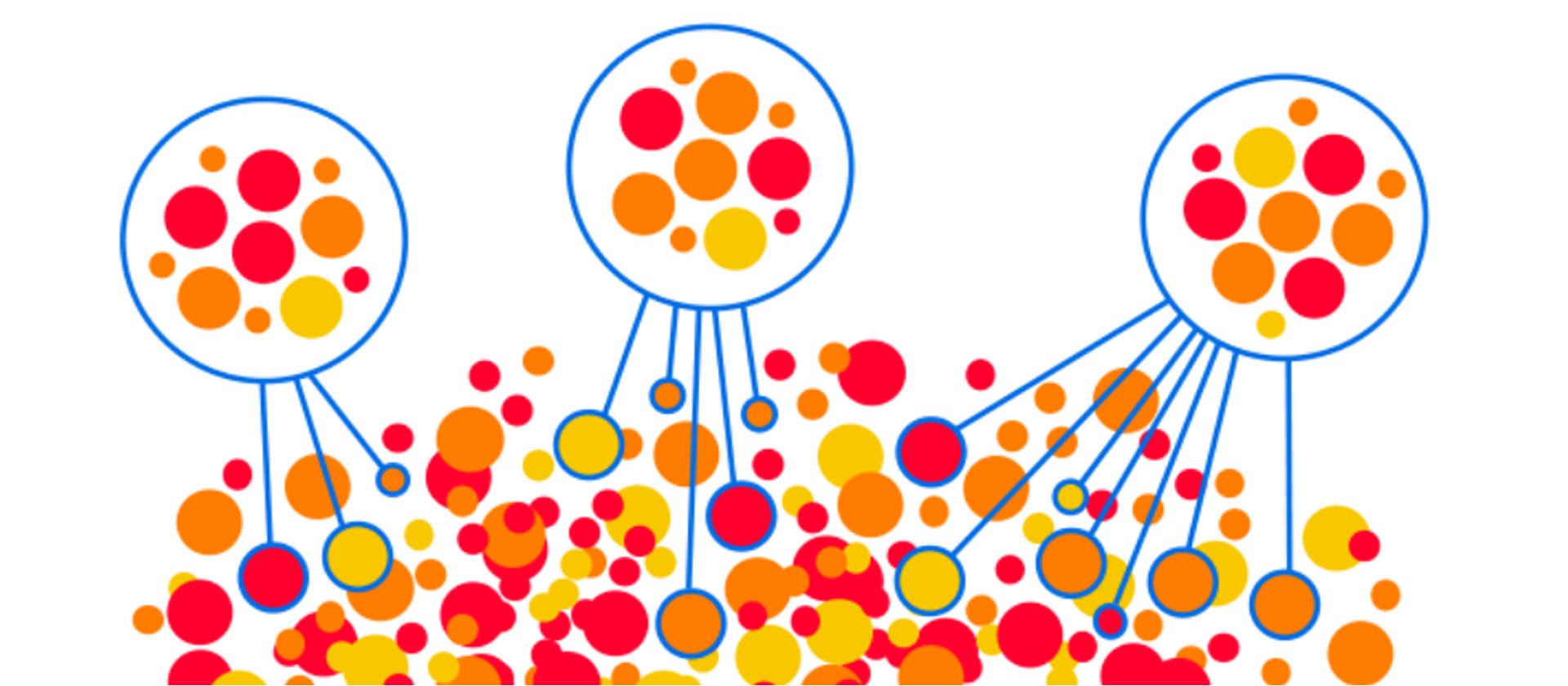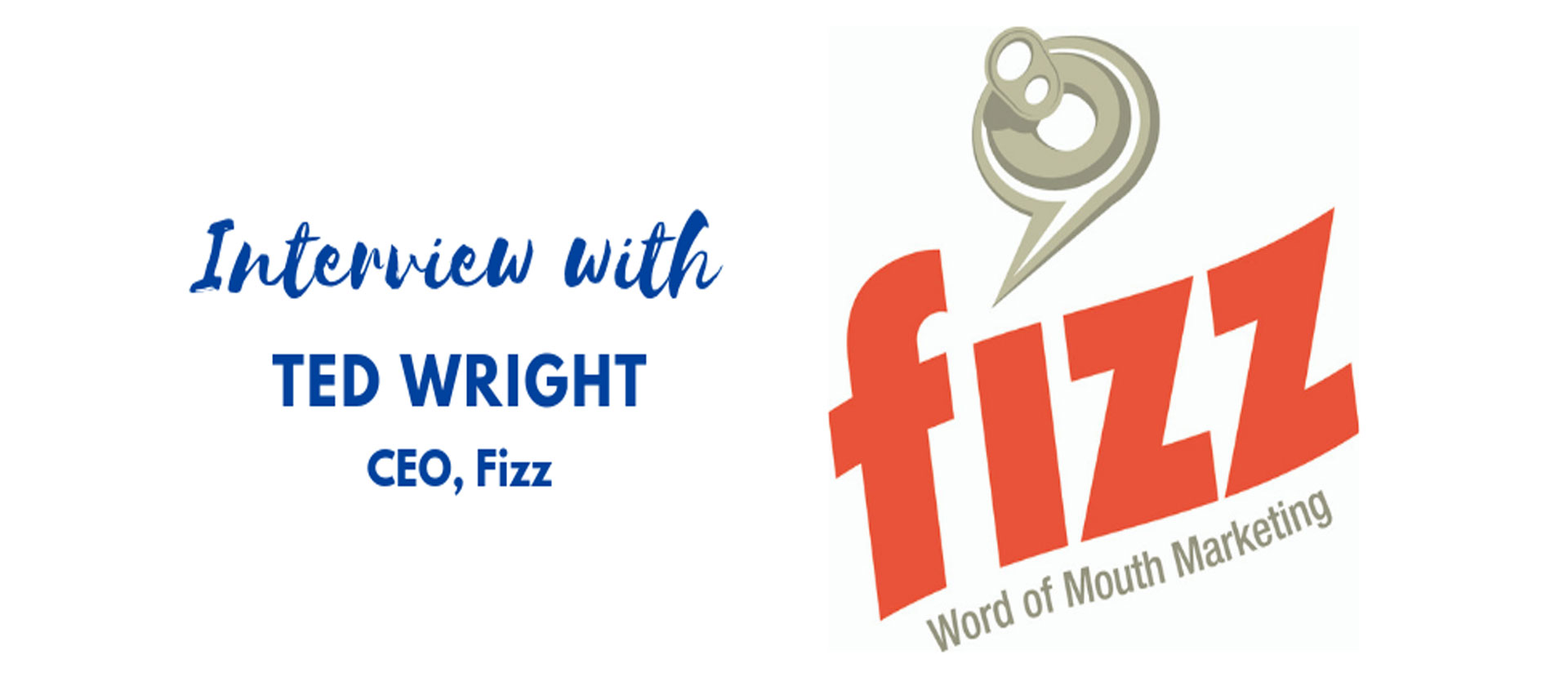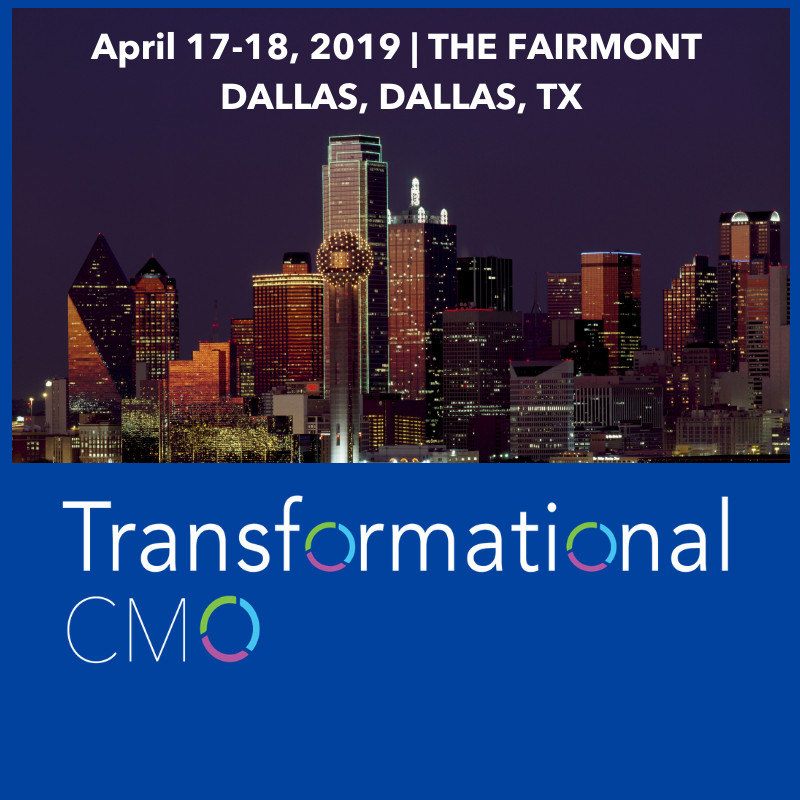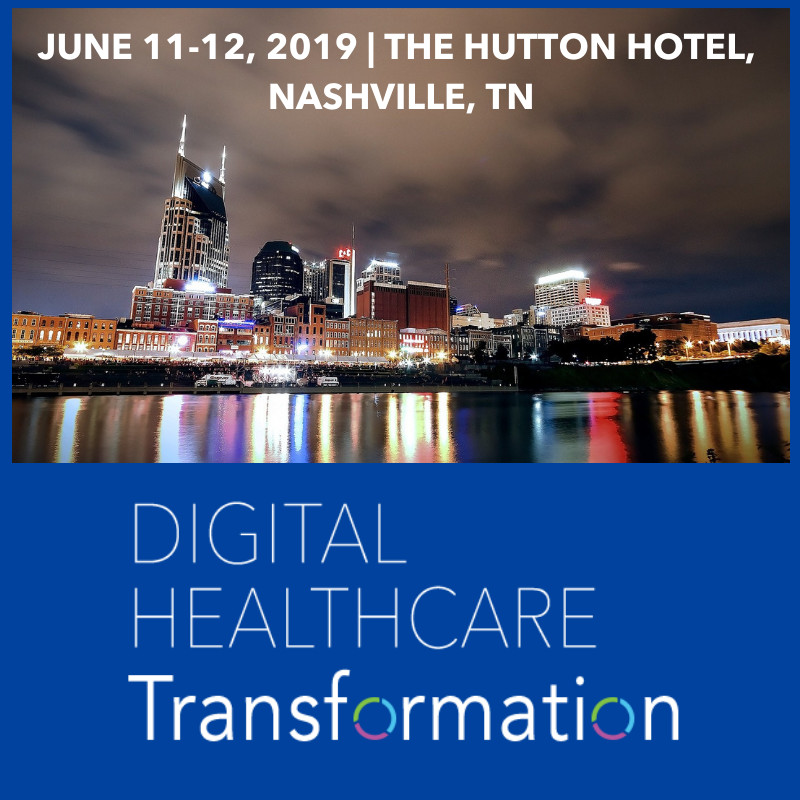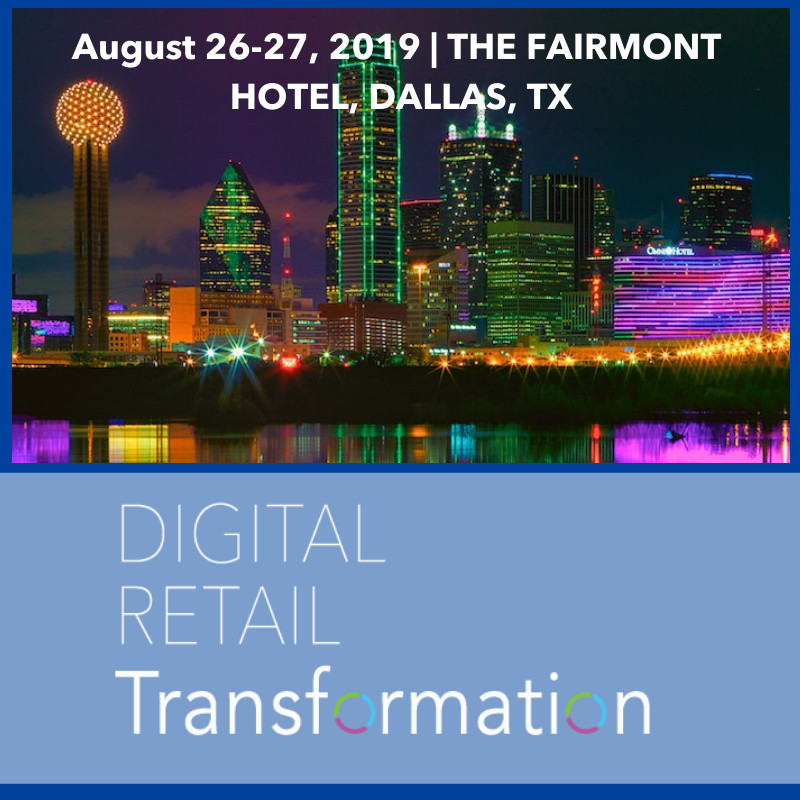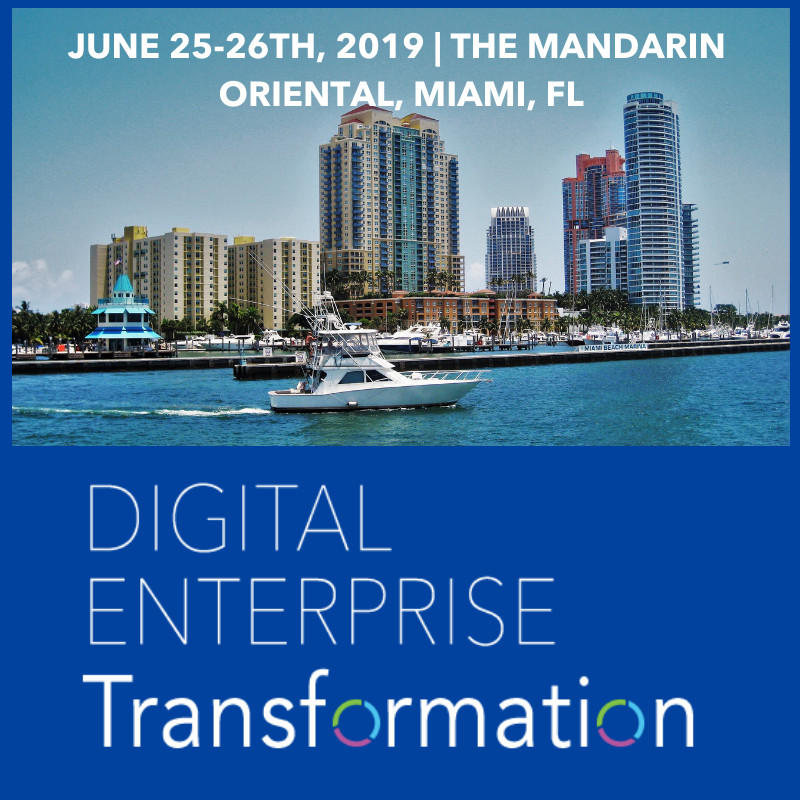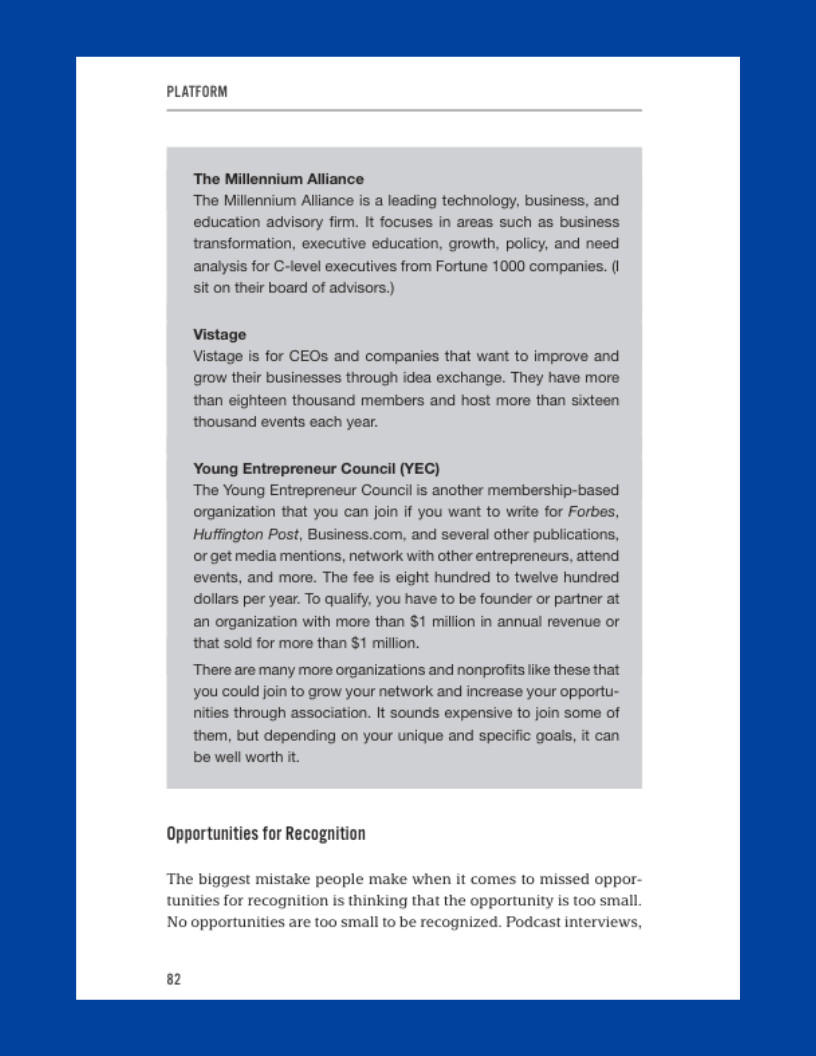Our sponsor Big Panda, is your solution when it comes to detecting and resolving IT incidents that happen so frequently in major cooperations.
This technology company offers “intelligent automation for IT incident management.” In other words, Big Panda helps major cooperations understand and manage IT Ops and NOC teams using a sophisticated management system.
“Powered by Open Box Machine Learning, BigPanda correlates IT noise into insights, automates incident management, and unifies fragmented IT operations.” According to Big Panda.
Is IT Ops Reporting Broken?
According to Big Panda’s latest whitepaper, IT Ops reporting is broken. Because of this, IT execs, NOC Managers and service owners are facing major issues.
“No Metrics. Wrong Metrics. Bad Data. Bad Tools” Big Panda reports.
As businesses go under digital transformation, a ton of steps can be forgotten, as well as important information needed to be successful in such an important and powerful transition. According to Big Panda, businesses have now started to rely on “sophisticated BI and data analytics solutions to drive smarter decision-making and ongoing improvements.”
The problem?
Businesses are not transforming themselves to their full potential – in a way that allows good analytics and reporting.
Big Panda explores three major reasons why. Find out here.
The Solution:
It’s simple: Big Panda’s Unified Analytics. IT teams are finally getting the “accurate and deep IT Ops” they need in order to see improvements across the board using Big Panda’s operation as their solution.
“Conclusion: IT Organizations Need Unified Analytics. Now.” Big Panda reports.
Interested in finding out more? Download Big Panda’s latest whitepaper for all the latest insights, statistics in order to make sure your business outcomes are meeting their best ability.
ABOUT BIG PANDA: 
BigPanda Autonomous Operations Platform helps overwhelmed and understaffed IT Ops and NOC teams detect, investigate, and resolve IT incidents faster and more easily than ever before.
Powered by Open Box Machine Learning, BigPanda correlates IT noise into insights, automates incident management, and unifies fragmented IT operations. Enterprises such as *United Airlines, Intuit, Turner Broadcasting, TiVo, Workday* and others use BigPanda to reduce their operating costs, improve service availability and performance, and de-risk and accelerate their digital transformation initiatives
ABOUT DIGITAL ENTERPRISE TRANSFORMATION EAST ASSEMBLY: 
Thanks to the success of our Digital Enterprise Transformation Assembly series, in 2019 The Millennium Alliance in partnership with our Advisory Board, we are adding more events to the list! Digital Enterprise Transformation West Coast will be heading to Las Vegas in August.
This exclusive Assembly will bring industry experts and the best solution providers to our Senior Members based on the East Coast.
Are you a CIO or CTO interested in attending this event? Enquire here today to find out if you qualify for Millennium Membership >>
